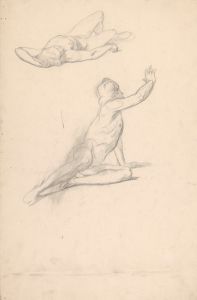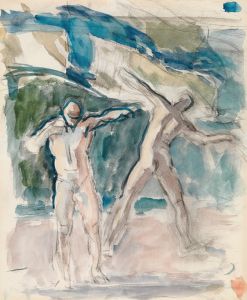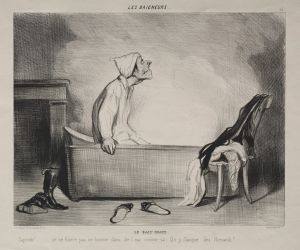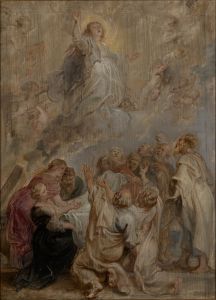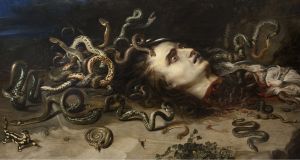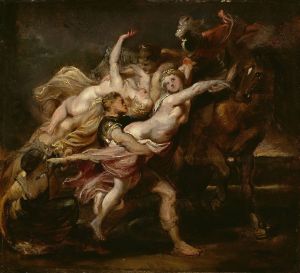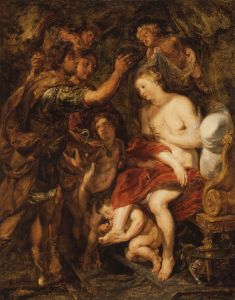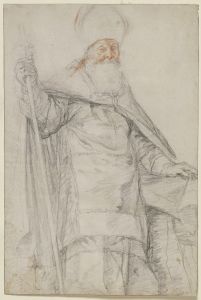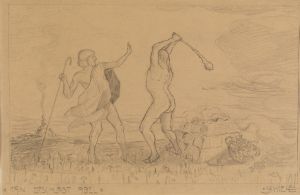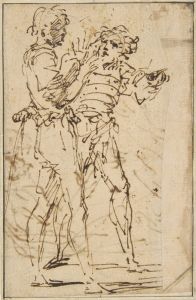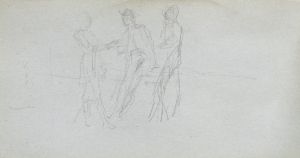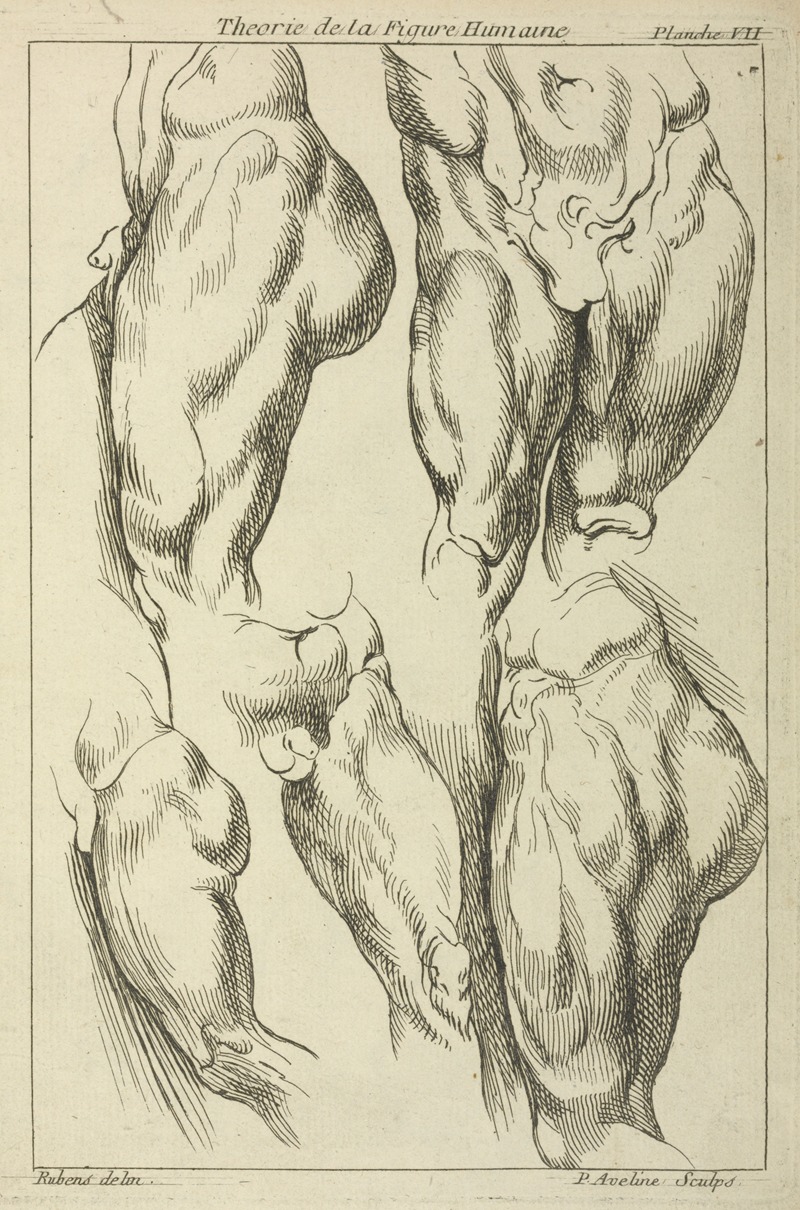
Studies of male loins
A hand-painted replica of Peter Paul Rubens’s masterpiece Studies of male loins, meticulously crafted by professional artists to capture the true essence of the original. Each piece is created with museum-quality canvas and rare mineral pigments, carefully painted by experienced artists with delicate brushstrokes and rich, layered colors to perfectly recreate the texture of the original artwork. Unlike machine-printed reproductions, this hand-painted version brings the painting to life, infused with the artist’s emotions and skill in every stroke. Whether for personal collection or home decoration, it instantly elevates the artistic atmosphere of any space.
Peter Paul Rubens, a prominent Flemish Baroque painter, is widely celebrated for his dynamic compositions, masterful use of color, and depictions of the human form. Among his extensive body of work, "Studies of Male Loins" is a drawing that showcases his deep interest in anatomy and his dedication to understanding the human body. This piece is a study rather than a finished artwork, created as part of Rubens' preparatory process for larger compositions or as an exercise in anatomical observation.
The drawing focuses on the male torso and pelvic region, emphasizing musculature, bone structure, and the natural contours of the human form. Rendered with precision and attention to detail, the work reflects Rubens' training and influence from the Italian Renaissance, particularly his admiration for artists like Michelangelo and Leonardo da Vinci, who also studied anatomy extensively. Rubens likely created this study using live models, a common practice among artists of his time, to ensure accuracy and realism in his depictions.
"Studies of Male Loins" is executed in chalk or pencil, media that Rubens frequently employed for his preparatory sketches. The drawing demonstrates his ability to capture the tension and movement of the human body, even in a static pose. Such studies were integral to Rubens' creative process, as they allowed him to experiment with composition, proportion, and form before committing to a final painting.
This work is part of a broader tradition of anatomical studies in European art, which gained prominence during the Renaissance and continued into the Baroque period. Artists of this era sought to elevate their understanding of the human body, often collaborating with anatomists or studying cadavers to achieve greater accuracy. Rubens' studies reflect this intellectual and artistic pursuit, blending scientific observation with artistic expression.
The exact date of "Studies of Male Loins" is not definitively known, but it is consistent with Rubens' practice throughout his career. The drawing is now housed in a collection or archive, where it is preserved as an example of his preparatory work and his contributions to the study of anatomy in art. While not as widely recognized as his large-scale paintings, this study provides valuable insight into Rubens' artistic process and his commitment to mastering the human form.





